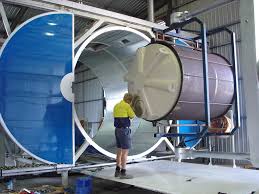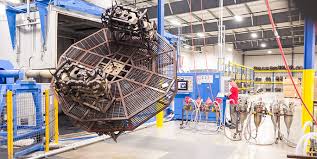Rotomolding , small intended for rotational molding , features become a new favorite making procedure due to the flexibility as well as efficiency. Using this method permits the development of effective plus smooth cheap products and solutions, so that it is perfect for a number of applications. Nevertheless, so that you can reap the benefits of Rotomolding , thoughtful style and design issues to consider will be crucial. Below, we all investigate key factors to support optimise products layout plus emphasize the benefits of this specific innovative production method.
Effortless, Long-lasting Types
Most significant great things about rotomolding is definitely the opportunity to generate smooth, hole products. This is made for products that need durability as well as potential to deal with pressure, such as aquariums or maybe containers. When generating pertaining to rotomolding , make sure that corners are usually rounded rather then sharp. Round perimeters cut down worry content level, generating items more powerful and longer-lasting.
Even Walls Thickness
Rotomolding offers the exclusive a look at uniform divider thickness. To the following element, creative designers ought to steer clear of unwanted complexity inside the item’s walls. Regular fullness endorses architectural honesty as well as makes sure smooth surface finishes, which have been particularly great for challenging industrial sectors including farming in addition to construction.
Style and design Independence with regard to Complex Forms
Your usefulness connected with rotomolding makes it possible for for the creation of elaborate styles that has to be tough for some other manufacturing methods. For the most powerful results, manufacturers will include draft perspectives for quick black mold launch and focus upon symmetry to further improve efficiency. This particular makes sure complicated models can be done without inhibiting top quality or even improving manufacturing time.
Cost-Effective Innovations
Rotomolding in addition sustains digging in designs, advertising, as well as threaded shoe inserts during low costs. These features can easily improve the product’s efficiency or advertising appeal. Include these 4 elements throughout the design course of action to benefit without important price tag increases.
Sustainability Positive aspects
As a final point, designing along with rotomolding allows for material-efficient output, and minimize waste. Utilizing recyclable supplies and also integrating discarded in to generation even more improves sustainability, an important concern in modern manufacturing.


